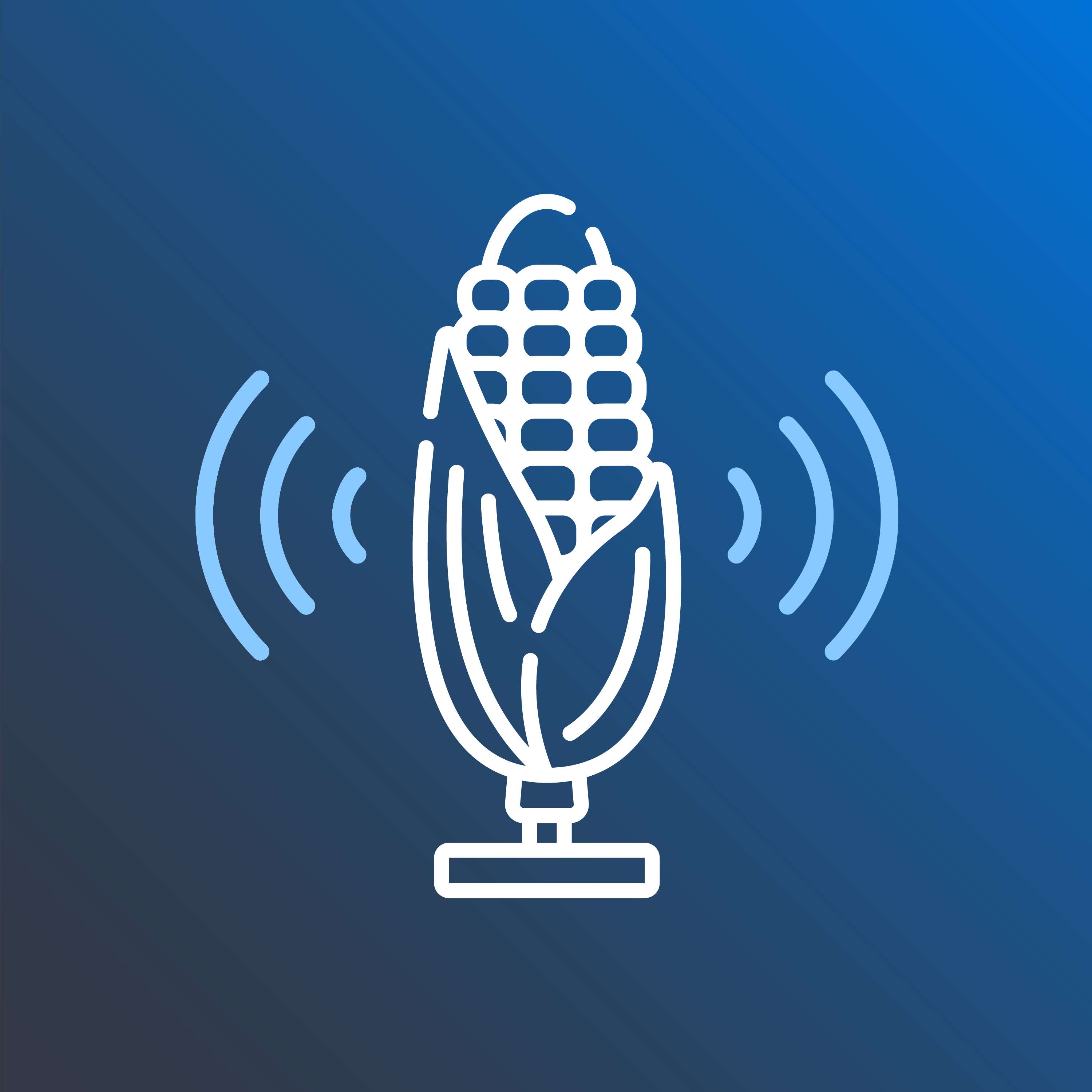Agriscience Explained
Podcast Description
This is Agriscience Explained: from science to solutions. A podcast brought to you by Corteva Agriscience. Host Tim Hammerich visits with both scientists and farmers about how agricultural innovations are discovered, developed and deployed on the farm.
Farming is a business, profit is never guaranteed. To manage risk and give the crop the best possible chance of success, farmers rely on the latest in management practices, and some really cutting edge science. We call it agriscience. This study brings together biology, chemistry, agronomy, ecology, physics, genetics, data science and numerous other fields to find the best possible solutions for farmers.
It’s complex, and it’s changing fast. The stakes have never been higher to equip farmers with the best possible tools for a productive, profitable and sustainable crop.
Podcast Insights
Content Themes
The podcast covers a broad range of agricultural topics and innovations, focusing on specific areas such as gene editing, pest management, and crop genetics. For instance, episodes explore the advancements in gene editing technology and its implications for the future of food production, as well as the hidden impacts of nematodes on various crops and the complexities surrounding their management. Additional focus areas include historical advancements in crop genetics, the economic implications of agricultural practices, and ongoing discussions about sustainability and productivity.

This is Agriscience Explained: from science to solutions. A podcast brought to you by Corteva Agriscience. Host Tim Hammerich visits with both scientists and farmers about how agricultural innovations are discovered, developed and deployed on the farm.
Farming is a business, profit is never guaranteed. To manage risk and give the crop the best possible chance of success, farmers rely on the latest in management practices, and some really cutting edge science. We call it agriscience. This study brings together biology, chemistry, agronomy, ecology, physics, genetics, data science and numerous other fields to find the best possible solutions for farmers.
It’s complex, and it’s changing fast. The stakes have never been higher to equip farmers with the best possible tools for a productive, profitable and sustainable crop.
One scientist’s vacation 30 years ago is a big reason why you don’t end up with caterpillars in your lettuce today. The class of chemistry derived from this remarkable bacteria is called Spinsoyns based on the scientific name for the bacteria, Saccaropolyspora spinosa.
To tell this incredible story of a bacteria discovered in an unlikely location, we’re joined by Jesse Richardson, a field scientist at Corteva Agriscience based in Mesa, Arizona. Jesse has been with the company for about 39 years, where his job is to characterize new active ingredients and to provide technical education and technical service to growers and pest control advisors.
Joining Jesse is Pest Control Advisor (PCA), Bill Fox. Bill has been a PCA since 1978, and is based in Yuma, Arizona serving farmers on both sides of the Arizona California border. He’s going to give us a field-level perspective on what impact spinosyns have had for farmers in his area.
“ So it’s a naturally derived product, but what was most exciting about it was it had the ecotox attributes of a biological, but the performance attributes of a synthetic…So when I saw its efficacy and this combination of safety on these natural enemies, I knew that we had something that was going to just blow the doors off the industry.” – Jesse Richardson
Jesse and his colleagues were convinced about the efficacy of this natural bacteria-derived insecticide. But as we’ve heard in other episodes, there’s still a process to taking the science and turning it into a solution. It was a commercial success for Corteva Agriscience because it was embraced almost immediately by growers and PCA’s like Bill Fox.
“ It’s just a fun time to be a PCA and to see what we accepted back when I was a kid, and now to see how effective these new products are on the same pests that I couldn’t kill 20 years ago or so…Its been pretty fun.” – Bill Fox
A few takeaways from this episode:
- There is great opportunity that exists with biologicals. Not every product is going to work, but there’s some pretty incredible stuff out there when we combine discovery with modern tools to advance natural compounds and make them more effective solutions.
- Stewardship and longevity is a choice, or rather a series of choices to protect these tools, and it’s a shared responsibility.
- Spinosyns are a great example of needing efficacy. Nobody wants a worm in their lettuce and all want to make sure we are protecting non-target species. Spinosyns are incredible products for threading this needle.
Agriscience Explained is brought to you by Corteva Agriscience and hosted by Tim Hammerich. This show is produced by Clint Pilcher, Rayda Krell and Ann Leonard. Jaime Hammerich and Grant Bolton edit these podcasts, and the music was composed by Dmitri Volkov. Subscribe for more Agriscience Explained: From Science to Solutions.

Disclaimer
This podcast’s information is provided for general reference and was obtained from publicly accessible sources. The Podcast Collaborative neither produces nor verifies the content, accuracy, or suitability of this podcast. Views and opinions belong solely to the podcast creators and guests.
For a complete disclaimer, please see our Full Disclaimer on the archive page. The Podcast Collaborative bears no responsibility for the podcast’s themes, language, or overall content. Listener discretion is advised. Read our Terms of Use and Privacy Policy for more details.
